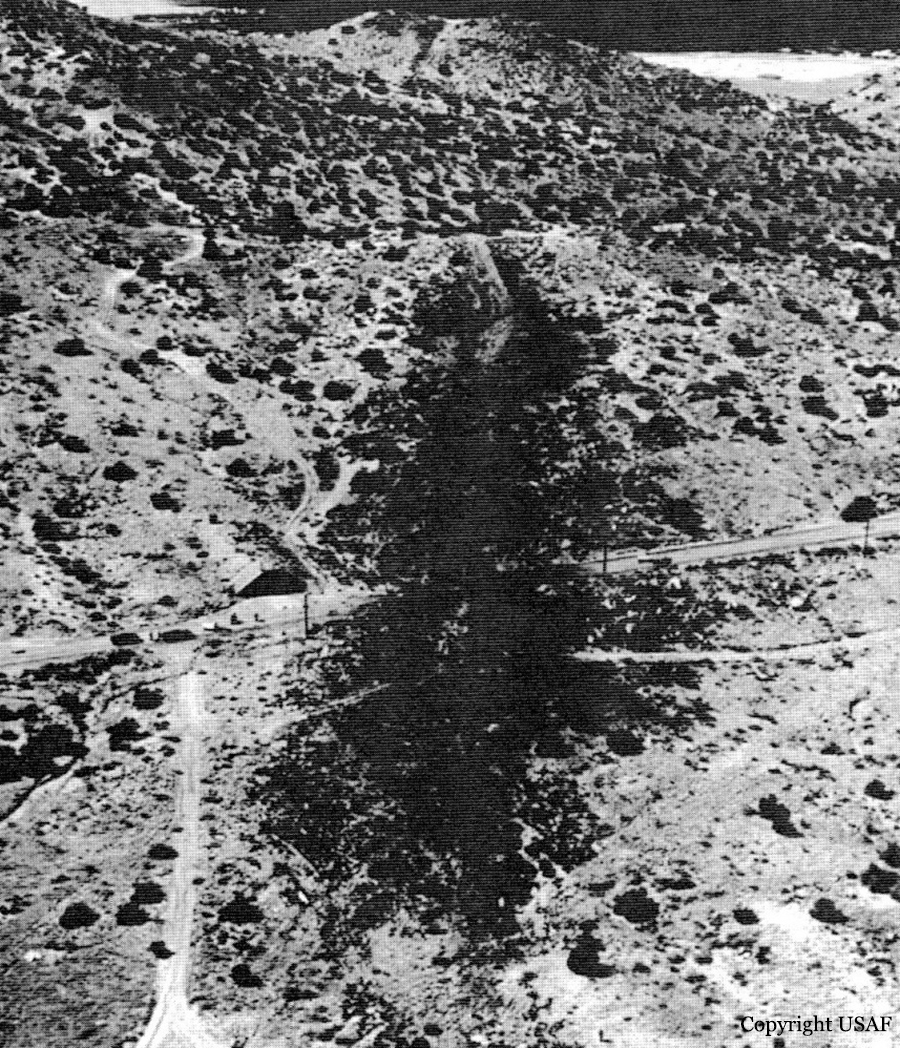Crash of a Rockwell Aero Commander 500 near Santa Fe: 1 killed
Date & Time:
Dec 22, 1979 at 1319 LT
Registration:
N6194X
Survivors:
No
Schedule:
Albuquerque - Denver
MSN:
500-1055-44
YOM:
1961
Crew on board:
1
Crew fatalities:
Pax on board:
0
Pax fatalities:
Other fatalities:
Total fatalities:
1
Captain / Total hours on type:
71.00
Circumstances:
While flying in marginal weather conditions, the pilot failed to realize his altitude was insufficient when the twin engine airplane struck trees and crashed in a mountain shrouded in clouds. The pilot, sole on board, was killed.
Probable cause:
Collision with trees and subsequent crash in normal cruise due to improper IFR operation on part of the pilot. The following contributing factors were reported:
- Traffic control personnel issued improper or conflicting instructions,
- Santa Fe weather observation reported mountain tops obscured,
- The controller was not familiar with high terrain in area or MVA.
- Traffic control personnel issued improper or conflicting instructions,
- Santa Fe weather observation reported mountain tops obscured,
- The controller was not familiar with high terrain in area or MVA.
Final Report:




